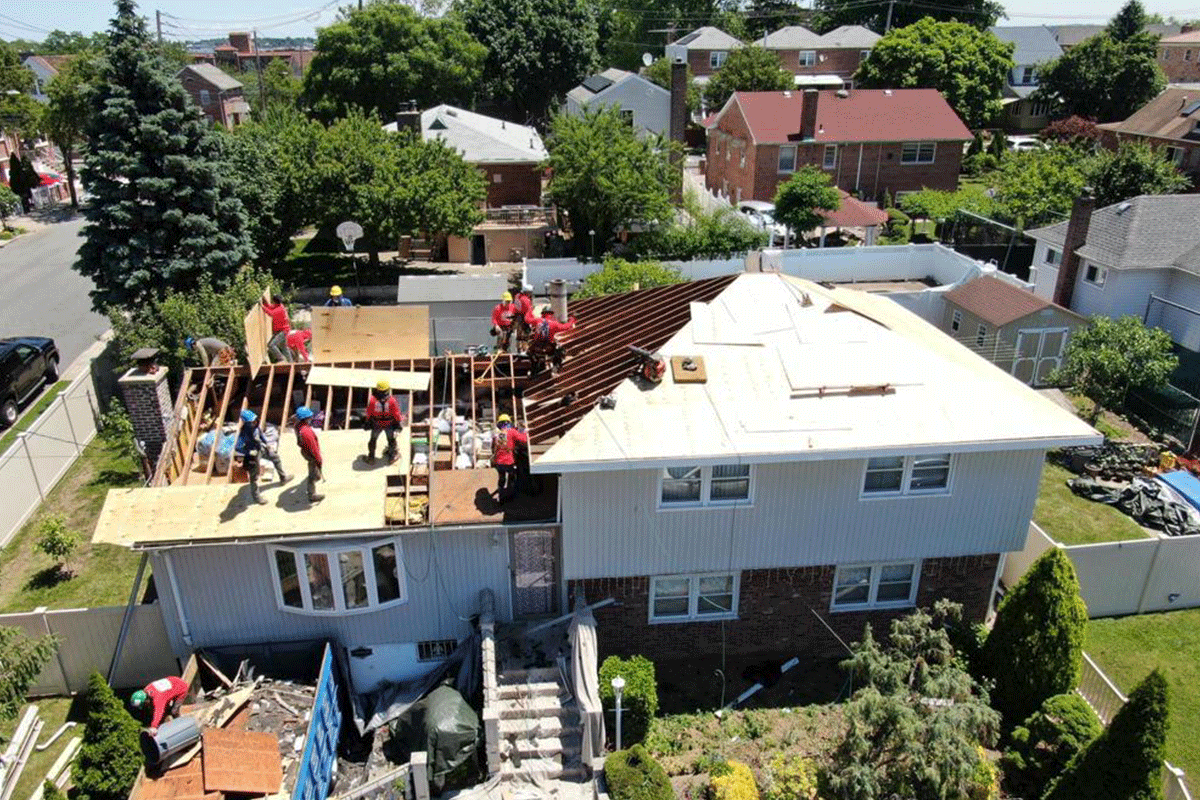
Your roof is one of the most significant components of your home. It protects you from the elements, enhances curb invoke, and plays a John Roy Major role in your home s vim efficiency. Like any other part of your home, your roof requires habitue sustainment to ensure it s operation decently. But how often should you agenda roof inspections and repairs?
In this article, we ll cover the suggested frequency for roof inspections, signs that repairs might be necessary, and how to resolve when it s time for an inspection or repair.
How Often Should You Schedule Roof Inspections?
1. Annual Inspections
The superior general recommendation for roof inspections is at least once a year. Having your roof inspected every year allows you to catch child issues before they prepare into John R. Major problems. After all, a moderate leak or loose shingle can often go unmarked, but an annual review ensures that any issues are addressed early.
Why once a year?
-
Weathering from rain, snow, or UV rays can cause inclined over time.
-
Preventative inspections can help extend the life of your roof.
-
A well-maintained roof can increase the value of your home.
2. After Severe Weather Events
If your area experiences a John R. Major surprise, fresh winds, hail, or heavy snow, it s material to have your roof inspected soon after. These events can cause unexpected damage, such as unleash zoster, dents, or leaks, and an review can help you place these problems early on.
When to inspect after a storm:
-
After heavily winds that could tear off herpes zoster.
-
Following hailstorms that can cause dings and punctures in your roof.
-
After considerable snow or ice that could lead to ice dams or roof .
If you can see visual from the ground, don t wait schedule an review right away.
3. When You Notice Warning Signs
Sometimes, the best way to know when to schedule an review is to look for signs of . If you mark any of the following, it s time to agenda a professional person roof review:
-
Leaks or irrigate stains on the ceiling.
-
Missing, curled, or cracked zoster.
-
Sagging or flagging rooflines.
-
Granules from zoster accumulating in gutters.
-
Higher energy bills, indicating potency insulating material or ventilation issues.
These signs can often be declarative mood of big, underlying issues that need professional person aid.
How Often Should You Schedule roof replacement s?
1. Minor Repairs
If you spot moderate issues during your yearbook review like a few lost shingles, small leaks, or flashing that needs resealing it s wise to get these repairs done chop-chop. Small problems can lead to large, more big-ticket issues if left unaddressed.
When to make repairs:
-
Immediately after your inspection or after noticing warning signs.
-
If you re able to do a small, manipulable resort yourself(like resealing a nail hole).
-
If it s a child make out that doesn t want major structural work.
2. Major Repairs or Replacement
If a roof review uncovers John R. Major problems such as morphological , leaks, or considerable surprise it s time for more serious repairs or even a full replacement. A major repair can be an investment funds, but putting it off can lead to more dearly-won and extensive issues down the line.
Signs that Major repairs are needful:
-
Extensive irrigate damage to the decking or loft.
-
Large sections of the roof are lost or sternly discredited.
-
Sagging roofline indicating biological science nonstarter.
-
Multiple leaks that can t be well repaired.
How to Know If Your Roof Needs Repair or Replacement
Sometimes, the wonder isn t just about repairs it s about whether a roof needs to be replaced entirely. Here s how you can tell:
-
Age of the Roof: Most roofs last between 20 to 25 years, depending on the stuff. If your roof is nearing the end of its lifespan, consider replacing it before occurs.
-
Frequent Repairs: If your roof seems to want repairs, it might be more cost-effective to supercede it rather than carry on patching it up.
-
Curled or Missing Shingles: If more than 30 of your zoster are curling or lost, it s time for a roof alternate.
-
Excessive Granule Loss: If your gutters are occupied with a lot of granules from your zoster, your roof is likely deteriorating, and it may need to be replaced soon.
Conclusion
Regular roof inspections and apropos repairs are essential for extending the life of your roof and preventing expensive . Scheduling an inspection at least once a year, or after significant brave events, is the best way to keep your roof in top shape. Keep an eye out for warning signs of damage and don t hesitate to call a professional if you re uncertain.
A proactive approach to roof care can save you money in the long run, protect your home, and give you peace of mind informed that your roof is gear up to withstand the elements.
